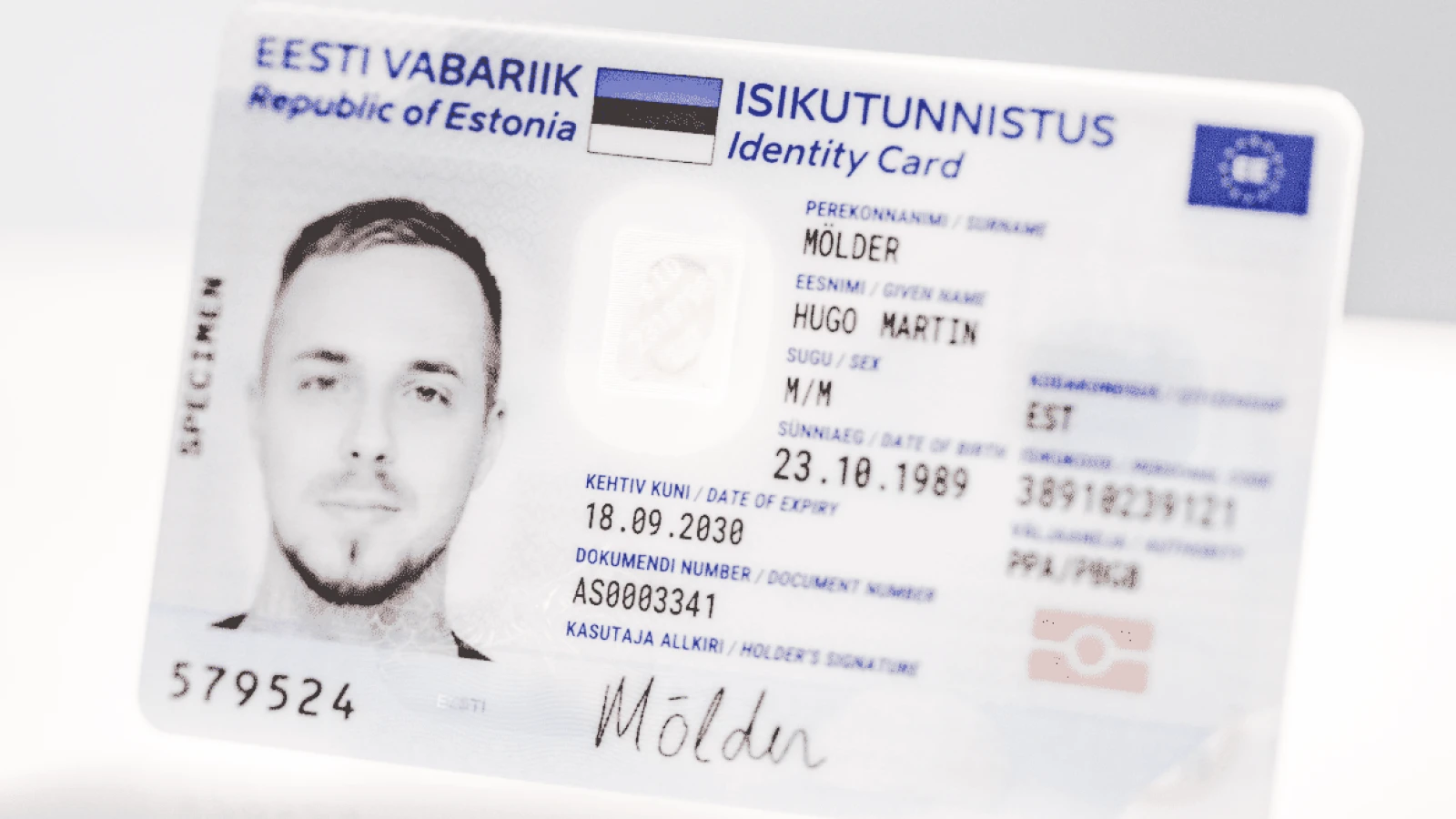Security and Compliance You Can Trust
Security is our foundation. Learn about Agrello's commitment to data protection, compliance with standards like eIDAS, and the enterprise-grade features that keep your documents safe.
Featured articles
Temaatilised artiklid
Tematiskie raksti

What is eIDAS? The EU Regulation for E-Signatures Explained
Discover what eIDAS is and why it matters for electronic signatures in the EU. Learn about the three signature levels, trust services, and how eIDAS ensures legal validity across Europe.
Jaunākie ieraksti
Viimased postitused
Latest posts

New Estonian ID Cards 2025: What You Need to Know?
In Estonia, the ID card has been part of our daily work and personal life for years. We use it to log into corporate information systems, confirm contracts, and sign documents. Thanks to this, Estonia is one of the most digital countries in the world. However, in the autumn of 2025, there will be a change that directly affects everyone who uses an ID card for work purposes.

EUDI Wallet Explained: The Future of Digital Identity in Europe
Across Europe more and more services – from bank accounts and insurance policies to university admissions and driving licences – are moving online. Yet traditional ways of proving who you are often involve sending scans of passports or national ID cards, filling in forms and exposing more personal data than is necessary.

eIDAS 2.0: Secure Digital Identity and E-Signing Across the EU
The way we identify ourselves and sign documents online is about to change—radically and for the better. With the introduction of eIDAS 2.0, the European Union is setting a new standard for digital trust, security, and cross-border recognition.

eIDAS 2.0: The Future of EU Digital Identity and Authentication by 2030
The European Union's digital landscape is undergoing a significant transformation with the evolution of the eIDAS regulation. Originally established as Regulation (EU) No 910/2014, the "electronic IDentification, Authentication and trust Services" framework was designed to facilitate secure cross-border digital interactions within the EU's internal market. This regulation has been the cornerstone of electronic signatures, seals, and timestamps across Europe, enabling citizens and businesses to engage in digital transactions with confidence.

What Should You Know About eIDAS When E-signing Business Contracts in the EU?
In the digital age, electronic signing has become an everyday tool for both businesses and individuals, enabling documents to be signed quickly, securely, and from anywhere. Today, e-signing goes beyond simply adding a visual signature as an image to a document. It involves using electronic methods to confirm the authenticity of a document or transaction and to verify the identity of the signer.

AI in Legal: How ChatGPT Simplifies Contracts for Small Businesses
Navigating legal documents is often a daunting task, especially for small and medium enterprises (SMEs). Contracts, Terms of Service agreements, and employment paperwork can all feel like they are written in a foreign language, filled with dense jargon and complex clauses that are hard to digest. For many SME owners, understanding these documents is crucial but time-consuming.
Ready to Work with Confidence?
Never compromise on security. Agrello provides the peace of mind that comes from knowing your documents, data, and digital identity are protected by state-of-the-art technology and a compliance-first mindset.


